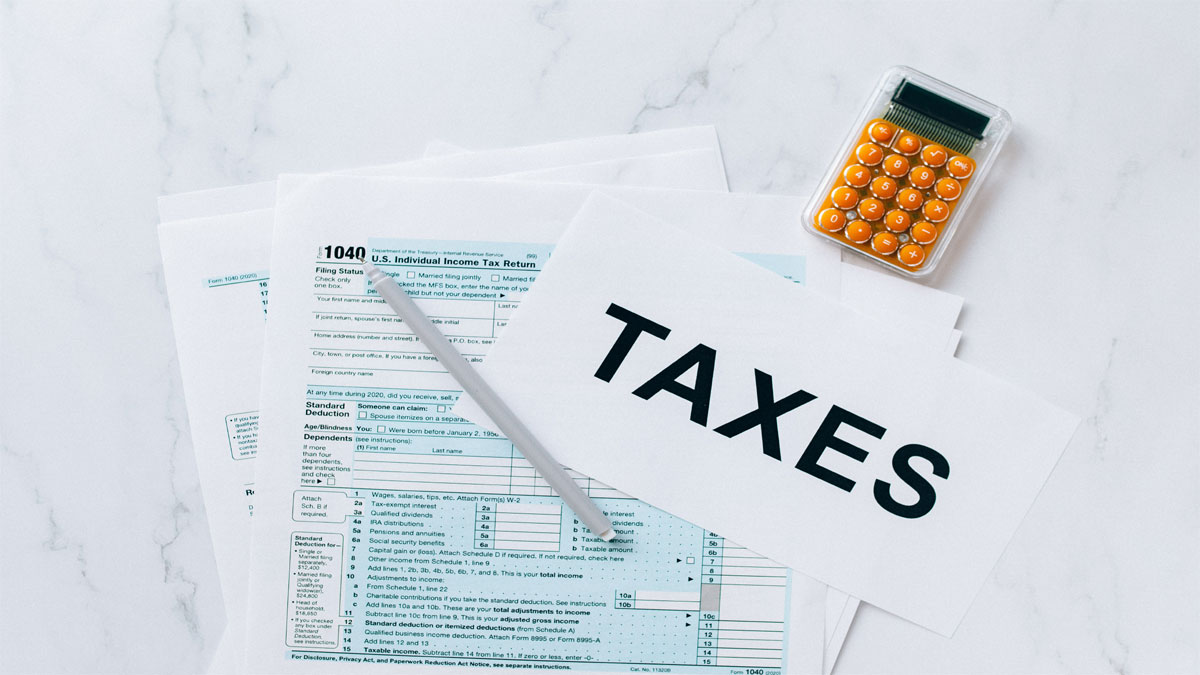Tax-saving Fixed Deposits (FDs) are a popular investment choice among individuals looking to save on taxes while earning a fixed return on their investments. These FDs come with a lock-in period and offer tax benefits under Section 80C of the Income Tax Act. If you’re in a low tax bracket, a tax-saving FD can be a smart investment choice. Let’s delve into the details and mathematics of investing in tax-saving FDs.
Key Features:
Lock-in Period: Tax-saving FDs typically have a lock-in period of 5 years, during which premature withdrawals are not allowed.
Tax Deductions: Investments in tax-saving FDs qualify for a deduction of up to ₹1.5 lakh under Section 80C of the Income Tax Act.
Interest Rate: Tax-saving FD interest rates are generally higher than regular FDs and currently range from 5.5% to 7.25% per annum, depending on the bank.
Interest Payment: Interest on these FDs can be earned either quarterly or at maturity, depending on the investor’s choice.
Nomination: Investors can nominate a beneficiary for the FD.
No TDS: Tax Deducted at Source (TDS) is not applicable on the interest income from tax-saving FDs.
Read More: Unlock The Power Of SIP: Know Advantages, Disadvantages Before Investing
The Mathematics of Tax-Saving FDs:
Let’s break down the mathematics of investing in a tax-saving FD:
Tax Benefit: Suppose you invest ₹1.5 lakh in a tax-saving FD. You can claim a deduction of ₹1.5 lakh from your taxable income under Section 80C. If you fall in the 5% tax bracket, this investment can save you ₹7,500 in taxes (5% of ₹1.5 lakh).
Interest Earnings: Let’s assume the FD offers an annual interest rate of 7.25%. At the end of 5 years, your investment of ₹1.5 lakh will grow to ₹1,99,566.
Final Maturity Amount: The final maturity amount includes your initial investment and the interest earned. In this case, it’s ₹1,50,000 (investment) + ₹49,566 (interest) = ₹1,99,566.
Effective Returns: To calculate your effective returns, deduct the tax savings (₹7,500) from the final maturity amount (₹1,99,566). Your effective returns are ₹1,92,066.
Effective Annualized Returns: The effective annualized returns can be calculated by treating the investment as a regular FD with an annualized interest rate that gives you the effective returns. In this case, the effective annualized return is approximately 6.78%.
Points to Consider:
Lock-In Period: Remember that your money is locked in for 5 years, so ensure you don’t need it during that time.
Interest Rates: Shop around for the best interest rates as they can vary among banks and NBFCs.
Tax Bracket: Tax-saving FDs are most beneficial for individuals in lower tax brackets. If you’re in a higher tax bracket, other tax-saving instruments may offer better returns.
Interest Payment Frequency: Choose between quarterly or at-maturity interest payment based on your cash flow needs.
Nomination: Always nominate a beneficiary to avoid complications in case of unforeseen circumstances.
In conclusion, tax-saving FDs can be a valuable addition to your investment portfolio, especially if you fall in a lower tax bracket. They provide both tax benefits and a fixed return on your investment. However, carefully evaluate your financial goals, risk tolerance, and tax-saving needs before investing in tax-saving FDs to ensure they align with your overall financial strategy.













